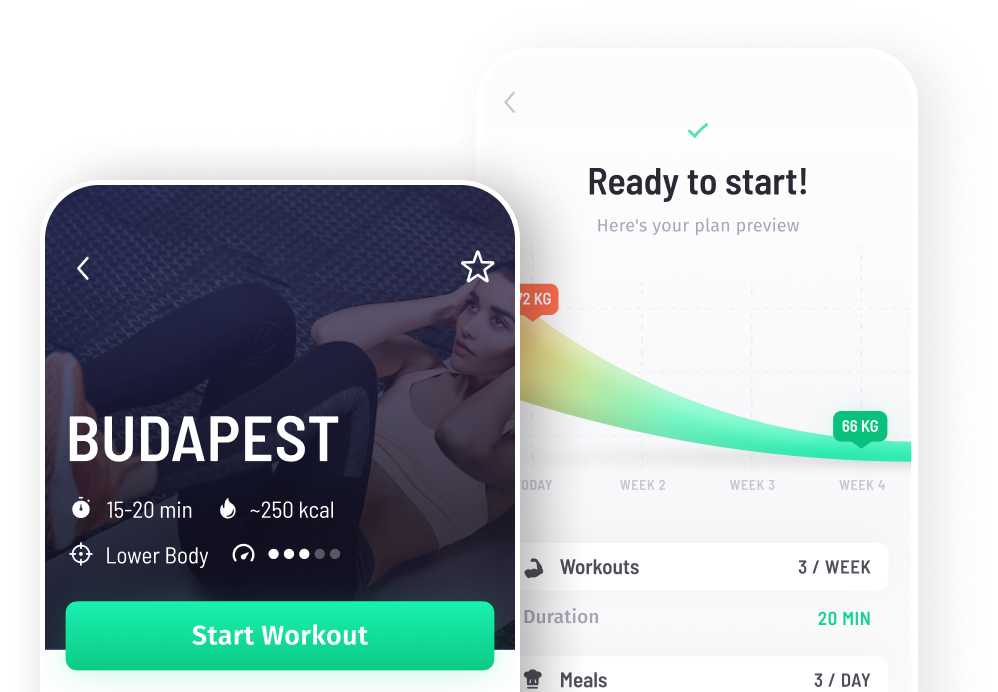The human body has a resting heart rate (RHR), which, unsurprisingly, is its heart rate at rest. It also has a maximum heart rate (MRH) that it can achieve. Heart rate training zones will be between these two rates and will generally be worked out as a percentage of the maximum.
The five heart rate zones
A well-rounded training program should contain a healthy mix of all five training zones, representing varying intensity and varying bodily mechanisms being worked. The five zones are:
- Zone 1: Very light, at 50-60% MRH
- Zone 2: Light, at 60-70% MRH
- Zone 3: Moderate, at 70-80% MRH
- Zone 4: Hard, at 80-90% MRH
- Zone 5: Maximum/Intense, at 90%+ MRH
What heart rate zone should I train in?
As mentioned above, all heart rate zones should ideally be included in some way in any training program. However, you will also have your own specific goals which will be best met by a combination of only a couple of these zones.
The harder we work, the higher our heart rate becomes. Those training for strenuous bursts of energy should go for higher heart rates, whilst those going for lower, steady state exercise should aim for more moderate heart rates.
For example, if you're a sprinter, you will want to spend most of your training time in zones 4 and 5. If you're a long-distance runner, 1-3 will be far more relevant.
Broadly speaking, we can use heart rate zones for the following:
- Zone 1: Recovery and aerobic
- Zone 2: Aerobic
- Zone 3: Endurance
- Zone 4: Anaerobic work
- Zone 5: Maximum anaerobic
Therefore, if you are wanting to train your aerobic capacity and/or endurance, you will want to program your training to keep your heart rate in the zone 2-3 area. This will include jogging, running, light swimming and so on.
If you want to train for strength, speed and explosive output, you will want to work zones 4-5. Weightlifters, boxers and sprinters will spend a lot of time in this heart rate zone.
How long should you train in each heart rate zone?
Outside of resting heart rate, the human body cannot remain in any one heart rate zone indefinitely. However, you can and should spend less time in the higher ranges than the lower ones. Aerobic training should be 20-60 minutes, before you begin to experience diminishing returns. 85/90%+, so anaerobic and maximum anaerobic exercise, should be performed in short bursts that last a matter of seconds.
It's the difference between going for a long jog and completing a Tabata protocol or a series of 100m dashes.
What should your heart rate be when doing cardio?
'Cardio' generally refers to steady state exercise. This will generally be performed in the aerobic zone, so 50-70% MHR (zones 1 & 2). For best results, aim for the middle of this, so around 60% MHR.
Did you enjoy this article? Share it!

